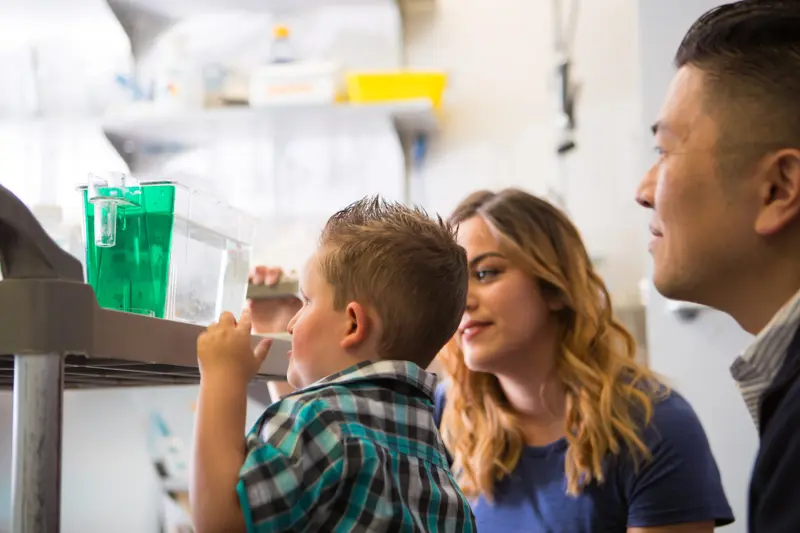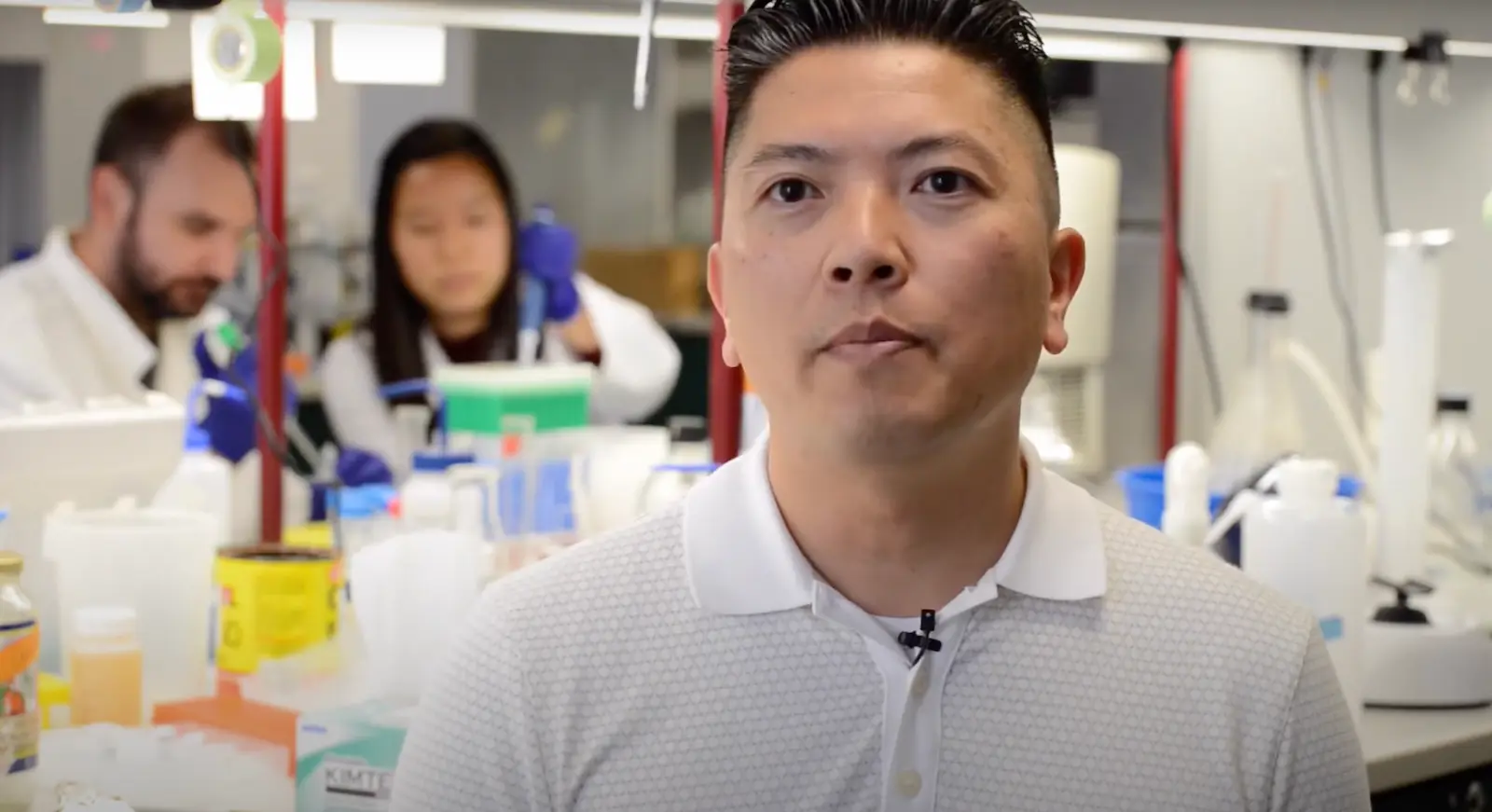Dr. Dong received his Biology Bachelor of Science degree in 1996 from the University of California, Irvine, where he was involved in molecular evolution and limb regeneration research. He earned his PhD in Cell and Molecular Biology at the University of Wisconsin, Madison in 2002, investigating cell/tissue identity master regulatory genes. His postdoctoral research at the University of California, San Francisco was focused on developmental genetics of the liver and pancreas. Dr. Dong was recruited as an Assistant Professor to Sanford Burnham Prebys Medical Discovery Institute in 2008. He is a recipient of the NIH Director’s New Innovator Award Award and the W. M. Keck Foundation Award, which funds the development of in vivo lineage reprogramming technologies to generate replacement cells and organs directly within a living vertebrate.
Education
BS, Biology, University of California, Irvine
PhD, Cell & Molecular Biology, University of Wisconsin, Madison
Postdoctoral Fellow, Genetics and Development, University of California, San Francisco
Support Alagille Syndrome Research in Our Lab


